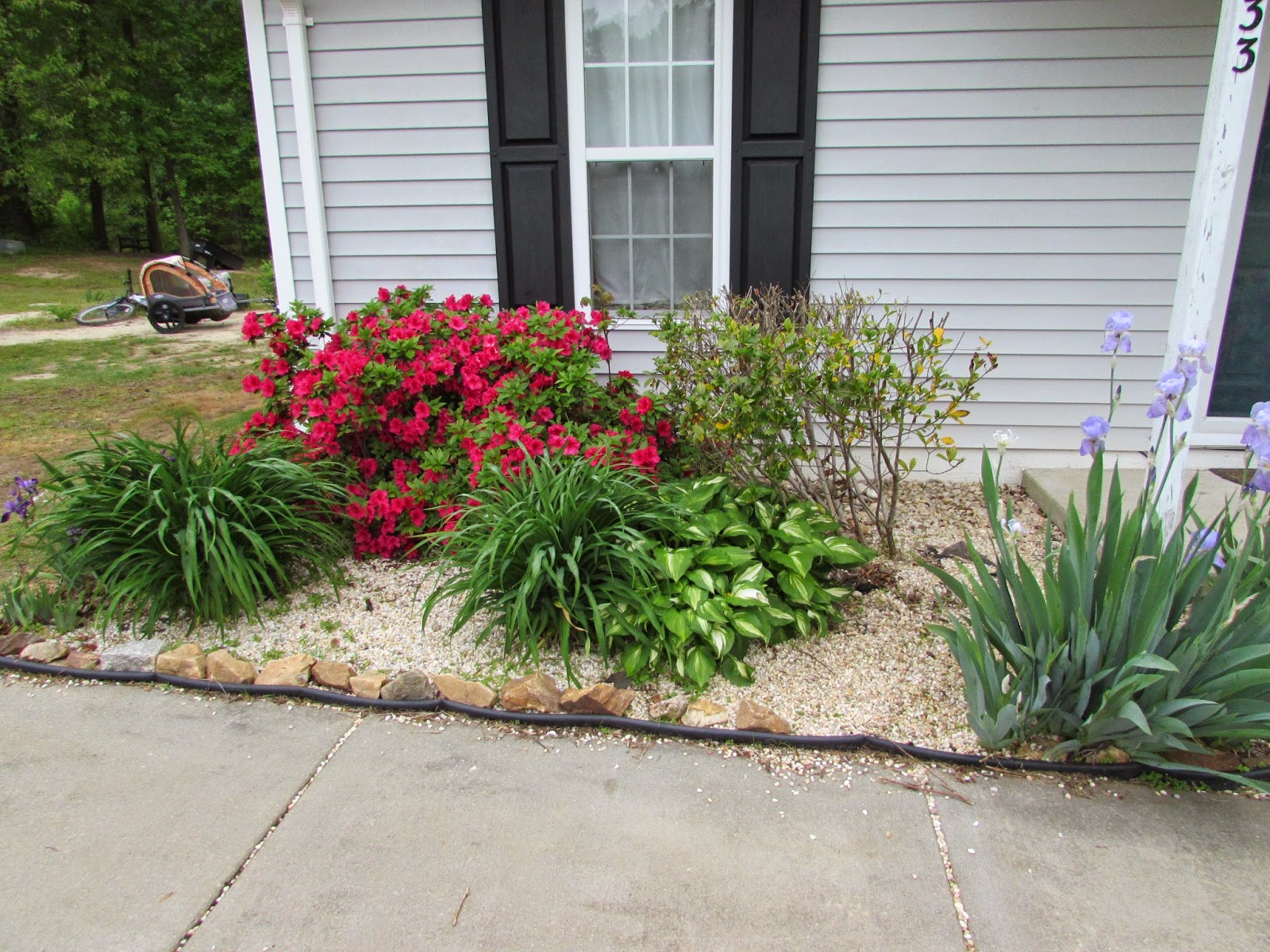The concept of Companion Planting is intertwined with Permaculture practices. Herbs and aromatic plants, (truly, any plant) leaches its properties into the soil and its surrounding plants. This creates a kaleidoscope of plants that either kill their surrounding plants or benefit their surrounding plants by providing them with much needed nutrients.
One idea behind permaculture is that by using companion plants to attract beneficial insects through BIRB , beneficial insect reservoir beds, we can cut down on bad bugs and pollinate much needed plants. Creating a habitat that mimics its natural surroundings encourages healthier plants, attracts native species, and keeps nature balanced.
There are so many variety of ways to plant companion plants that we have not even come close to realizing all the combinations. Last year's minor experiment with companion planting produced varied results. I realized that, when the plants were benefiting from their companion plants, they grew very large and became crowded. I also learned that cucumbers, honeydew, cantaloupe, and tomatoes require a lot of nutrients!!!! They were all beautiful green and huge one day, then a week of rain washed out all the fertilizer and nutrients from the composted soil; and they shriveled up before I could harvest any of the plants.
 |
| 2014 Companion Planting Garden experiment |
.jpg)




